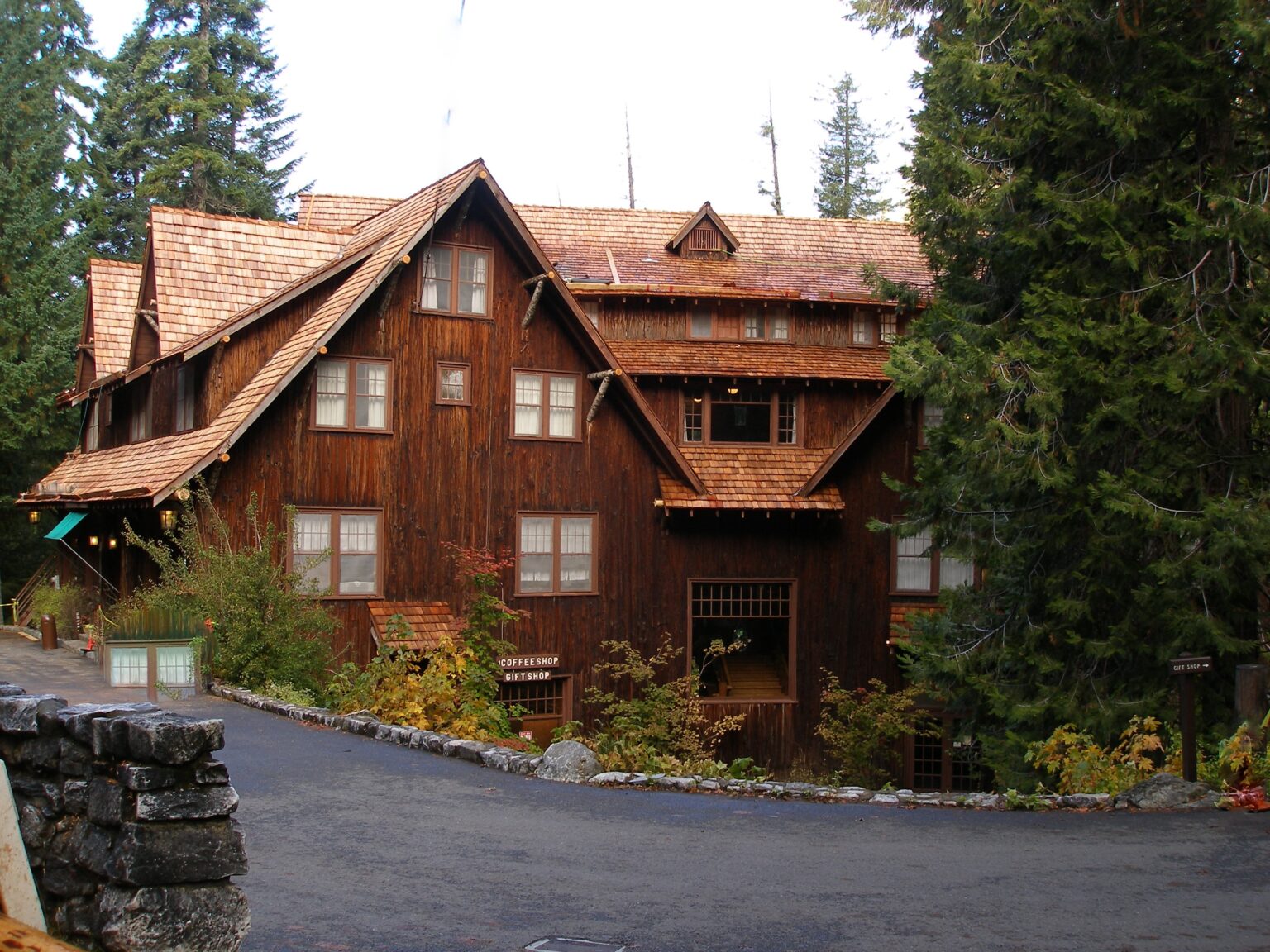Heat and ongoing drought hurt health of Oregon forests
Published 5:21 pm Tuesday, March 1, 2022

- A section of forest that burned moderately in Oregon's Bootleg Fire in 2021.
Drought, coupled with last year’s heat waves, have weakened the health of forests across Oregon.
“In Oregon, we’re facing several emerging issues: drought, fire, tree decline, insect outbreaks, tree pathogens and invasive species,” said David Shaw, Oregon State University professor and forest health specialist with the Forestry and Natural Resources Extension.
Shaw was speaking to about 230 people at OSU’s biennial State of the State Forest Health in Oregon Conference on Tuesday.
Shaw motioned to the latest U.S. Drought Monitor map, an assortment of yellow, orange, red and maroon swatches representing the ongoing severity of Oregon’s drought.
“This (drought) pattern that we’re in has some serious consequences for forest health,” he said.
It matters when too many trees die, said Andrew Gray, research ecologist with the U.S. Forest Service’s Pacific Northwest Research Station, because healthy forests are needed to support wildlife, timber, water, recreation, carbon storage and wildfire resilience.
The past few years, Oregon forests have been suffering from biotic and abiotic factors — biotic meaning from living things, such as invasive plants and bacteria, abiotic meaning from non-living things such as fire and atmospheric conditions.
“Between the abiotic and biotic stresses, the common thread is drought,” said Danny DePinte, Oregon aerial survey coordinator for the U.S. Forest Service, who coordinates remote sensing and aerial analysis of forests via drones, planes and satellites.
The connection between drought and forest health is sometimes self-evident: dry fuels burn more easily. But drought also weakens trees, making them more susceptible to pests.
For example, DePinte said Southwest Oregon is facing an uptick in Douglas fir mortality to a pest called the flatheaded fir borer.
Robbie Flowers, a U.S. Forest Service entomologist, is also seeing intensified pest pressure.
“(Insects that defoliate trees) are coming into a larger, more prominent role in the era of these heat events and ongoing drought,” said Flowers.
In Central Oregon, for example, Flowers said bark beetles are a major concern.
According to DePinte, the aerial survey coordinator, another factor that damaged Oregon’s forests last year was the “heat dome” that formed in June.
After the heat wave, researchers and “citizen scientists” compiled images and other records showing massive sunburn damage throughout Oregon’s forests: trees scorched orange.
“It was a landscape-scale type of event,” said DePinte.
The records conservatively mapped 229,000 acres of heat damage across Oregon and Washington.
“It was potentially the largest documented scorch event in history,” said Shaw, the extension specialist.
David Still, OSU professor in the Department of Forest Ecosystems and Society, said some impacts were less obvious than sunburn. Some perfectly green pine needles, for example, dropped to the ground or stopped photosynthesizing effectively after being superheated.
“There was a real jolt to the whole system,” said Still.
According to Jessica Halofsky, director of the U.S. Forest Service’s Western Wildland Environmental Threats Assessment Center, solutions will vary by region, but some potential solutions include conducting more prescribed fire treatments, thinning stands, improving beetle control, creating fuel breaks, removing non-native species and planting tree species that are more disease- and drought-resilient.





